Jazz-Quad Magazine/Nestor Publishers
In 2022, the jazz world celebrated the centenary of the birth of one of the brightest giants of jazz – bassist and composer Charlie Mingus. Exactly on his birthday, April 22, Sunnyside Records released a tribute album Living in Sound: The Music of Charles Mingus dedicated to his memory. The soul and initiator of this project is Harry Skoler, a professor at the famous Berklee College, a music critic and writer and, of course, an active clarinetist with a great career behind him. Back in 1974, back in Syracuse, New York, young Harry discovered Mingus’ music on the master’s Moves album, released that year. He made a huge impression on Skoler, he became a loyal fan of Mingus’ work, and read his autobiography Beneath the Underdog with great interest. Many years later, in 2018, Skoler caught fire to record the album from the works performed by Mingus, and shared his dream with saxophonist Walter Smith III. The latter agreed to produce the project and in this capacity showed real miracles. Just look at the composition of the participants in the record, look at which stars he managed to collect: for piano Kenny Barron, on the bass – Christian McBride, Nicholas Payton plays trumpet, for the drums – Johnathan Blake, in one of the tracks is the incomparable Jazzmeia Horn, and in addition, there was an excellent string quartet that is also invited. But that’s not all. When the program was prepared, Walter invited no less brilliant masters – Darcy James Argue, Ambrose Akinmusire and Fabian Almazan – to write arrangements. They were given absolute creative freedom in their work. By August 2021, everything was ready, and the entire composition of the project participants recorded this program in two days. The result is in front of you, and everyone who hears Living in Sound: The Music of Charles Mingus can appreciate the great work of such a bright team. This result captured me from the very first track, because the album began with my favorite piece by Mingus (and I’m not alone in this) Goodbye Pork Pie Hat. Skoler’s clarinet sounds great in this piece, and the strings adequately support the elegiac-solemn atmosphere of the composition in Almazan’s arrangement. Barron is very good in Peggy’s Blue Skylight and, especially, McBride, who had to act as if in the role of Mingus himself. He, along with Skoler and strings, graced Duke Ellington’s Sound of Love, a piece that Mingus dedicated to his favorite jazz composer. The 1971 composition Remember Rockefeller at Attica – Mingus, who often responded to various events in American life, wrote in the wake of the Attica prison riot and the behavior of New York State Governor Nelson Rockefeller in this regard. Nicholas Payton’s trumpet and Harry Skoler’s clarinet masterfully convey the nervous and unsettling atmosphere of this piece. In Moves, Payton and Horn demonstrate a spectacular duet of trumpet and human voice, and in Invisible Lady, the highly experienced Barron is very good. The album ends with Skoler’s own piece Underdog, which looks like the author’s signature under his work.
The album is powerful and I wouldn’t be surprised if we see it among the Grammy nominees, or maybe it will bring the Golden Gramophone itself to its creators.
© & (p) 2022 Sunnyside Records
9 tks / 65 mins
(Harry Skoler – cl; Kenny Barron – p; Christian McBride – b; Johnathan Blake – dr; Jazzmeia Horn – voc; Nicholas Payton – tp; Megan Gould, Tomoko Omura – vi; Karen Waltuch – viola; Noah Hoffeld – cello;)
Link provided by Mixed Media
Leonid AUSKERN


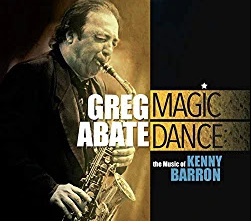
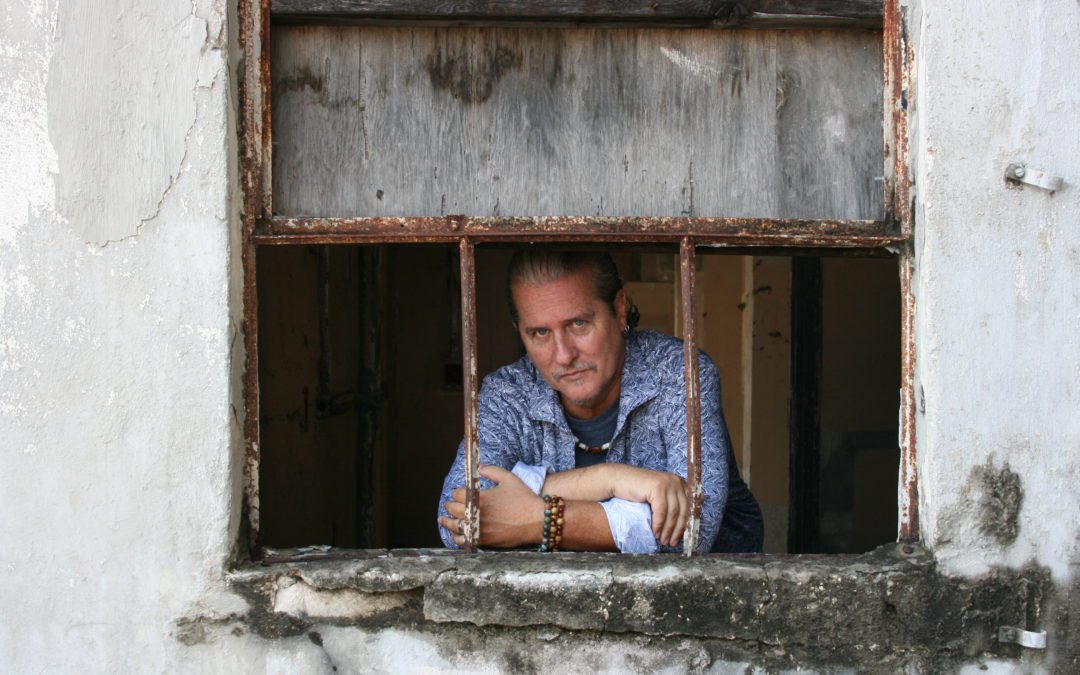

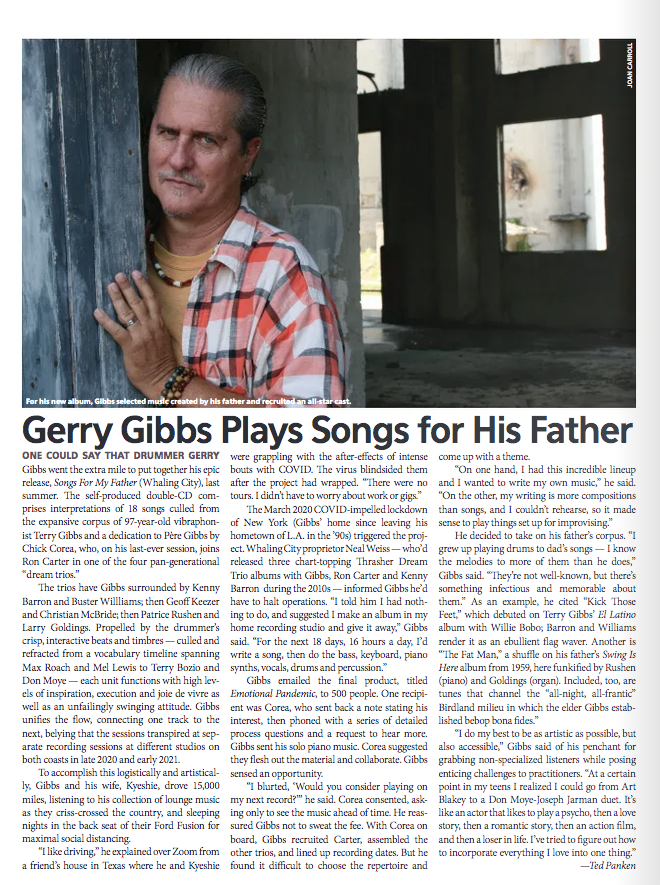
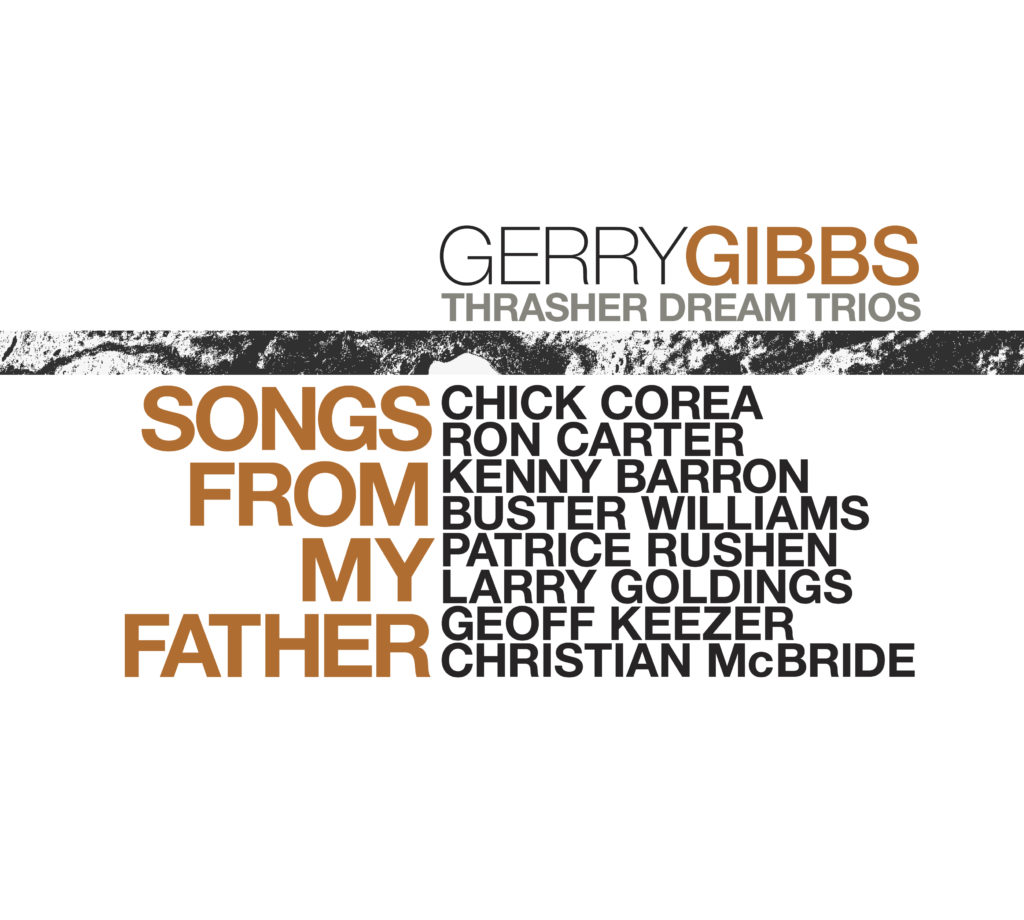
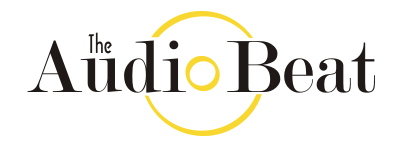
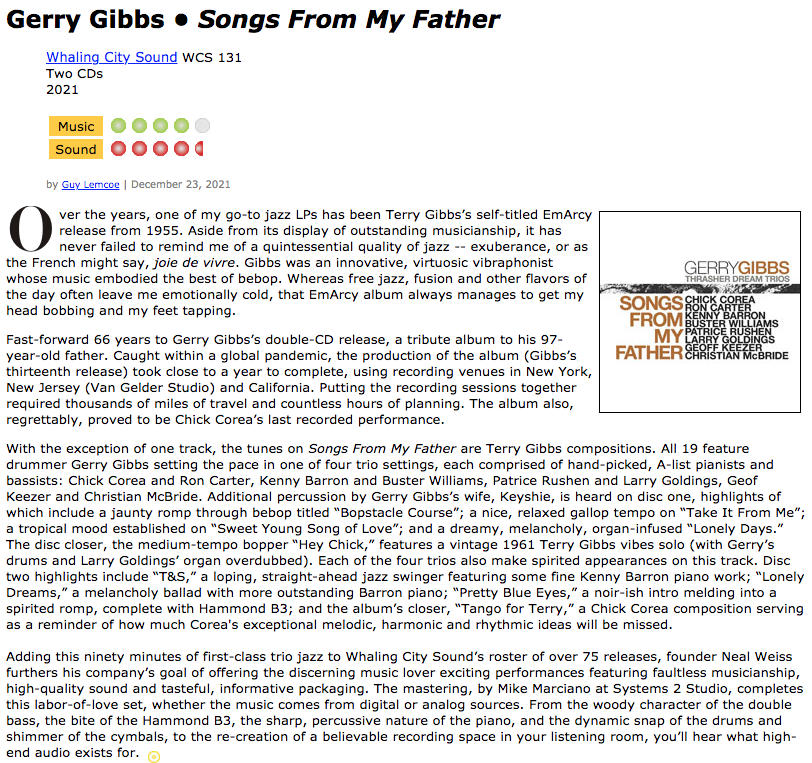
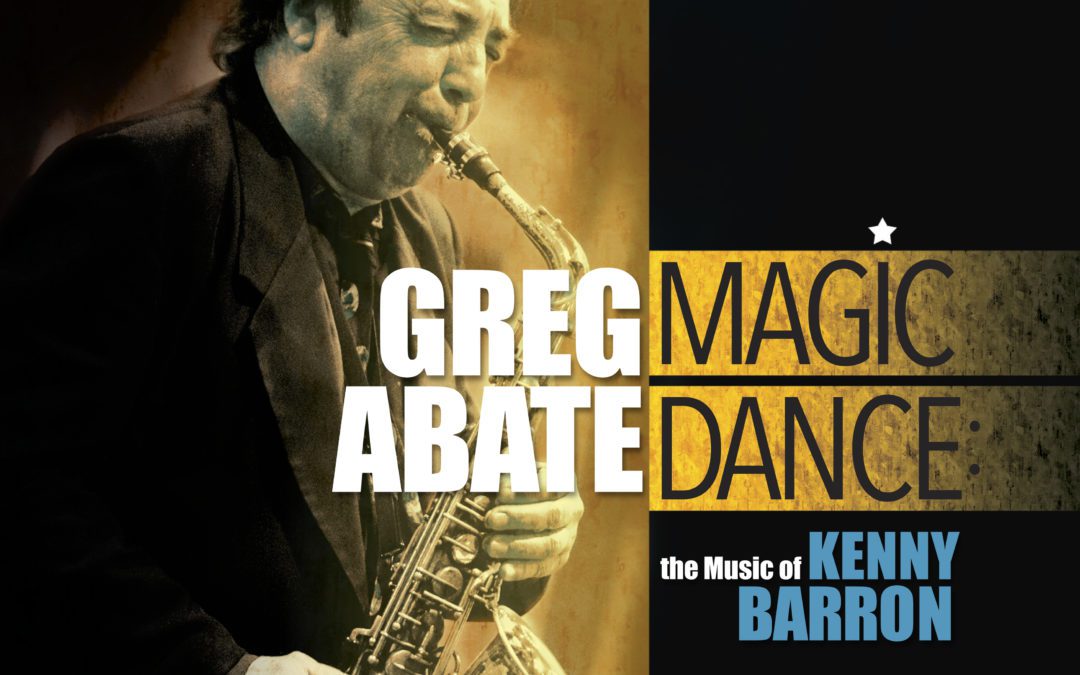

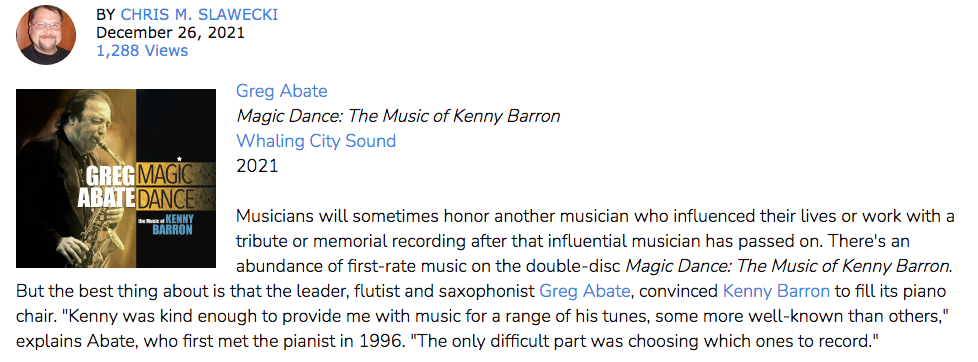
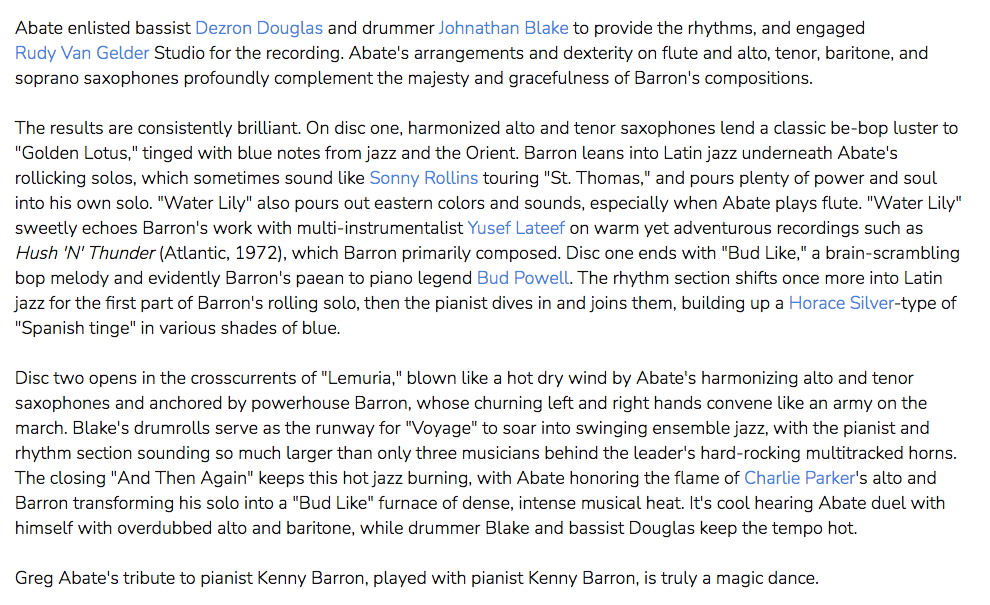






 Music industry consultant and publicist Ginny Shea has garnered international exposure for her clients through radio and video promotion, print media, and her vast industry network.
Music industry consultant and publicist Ginny Shea has garnered international exposure for her clients through radio and video promotion, print media, and her vast industry network.